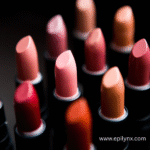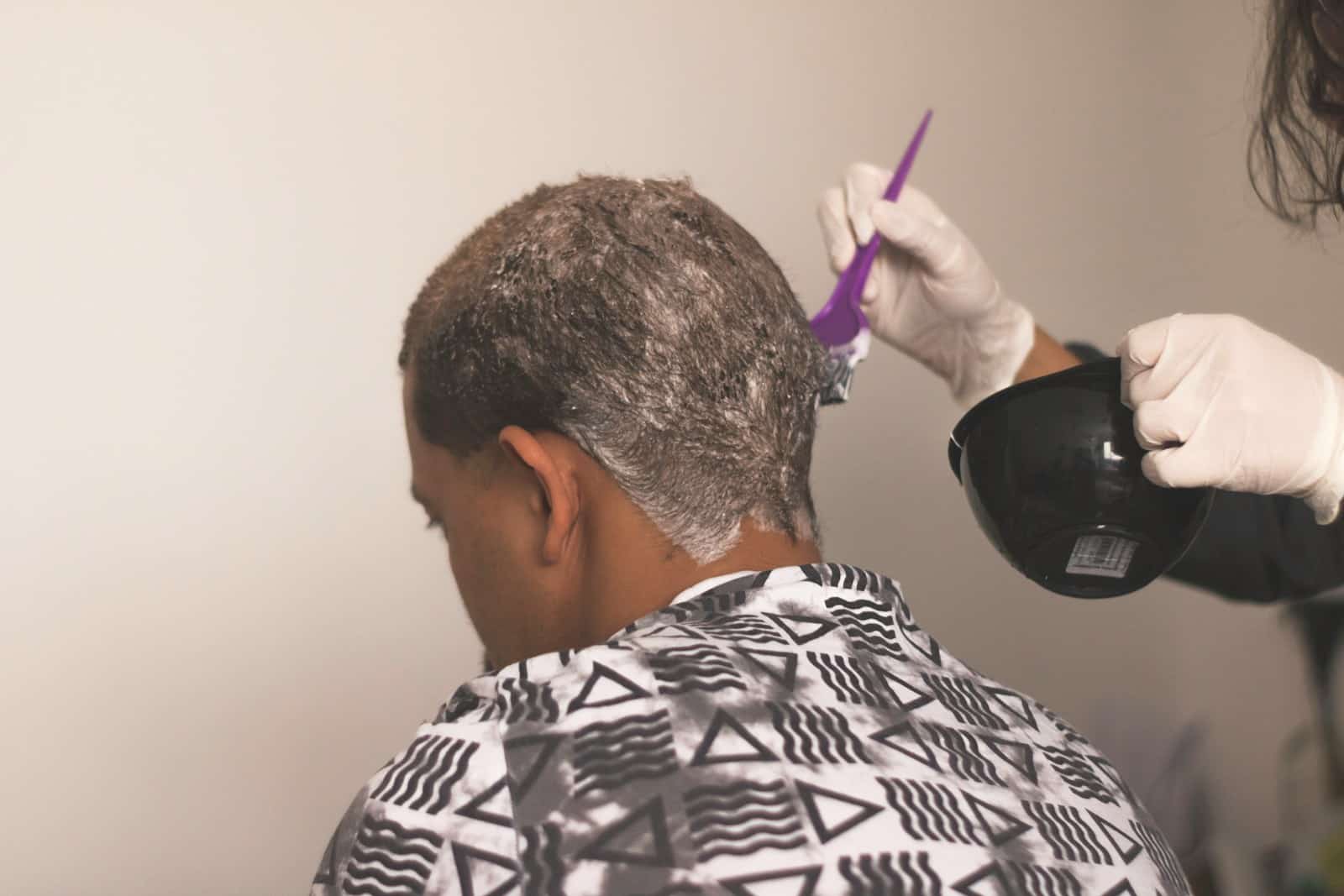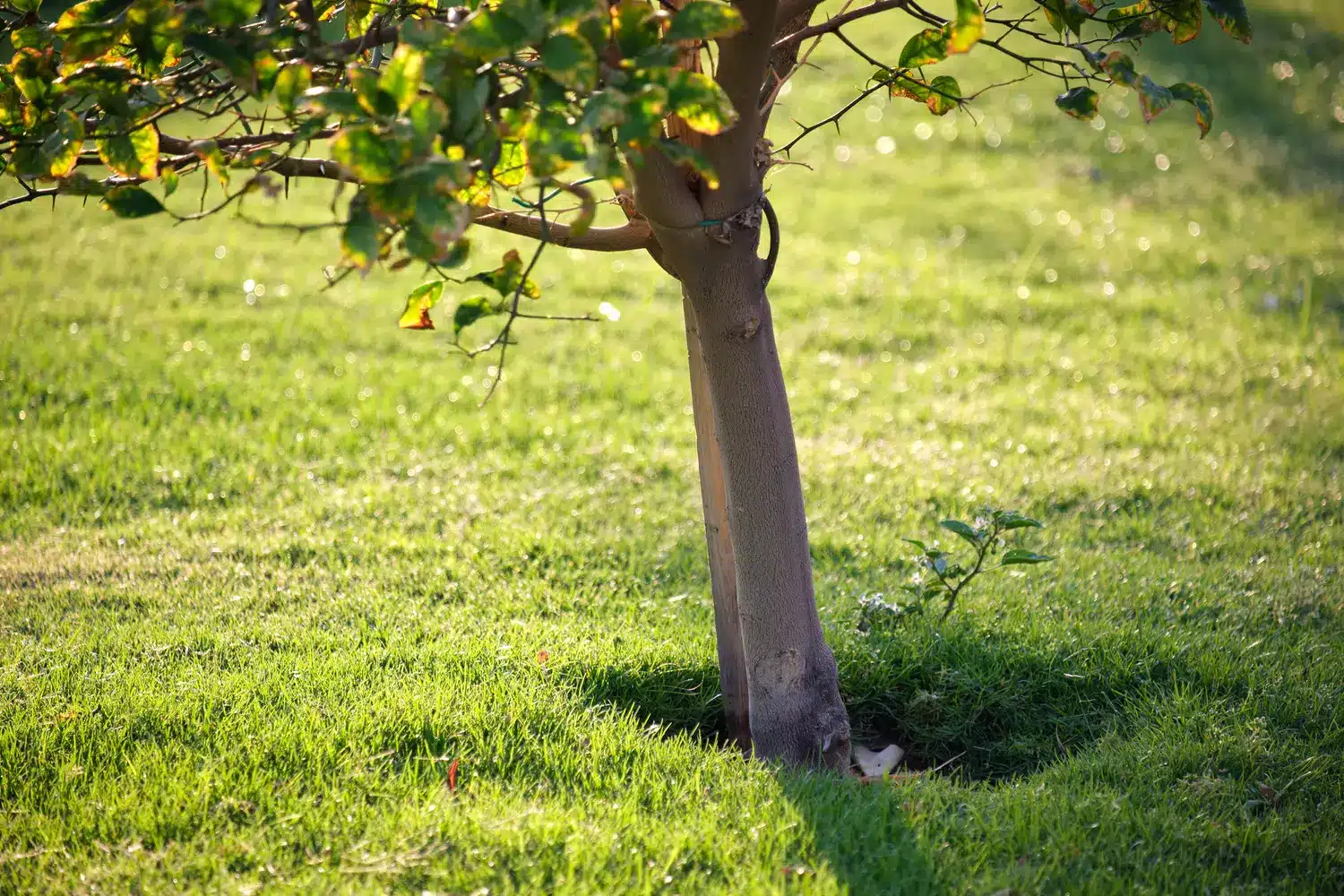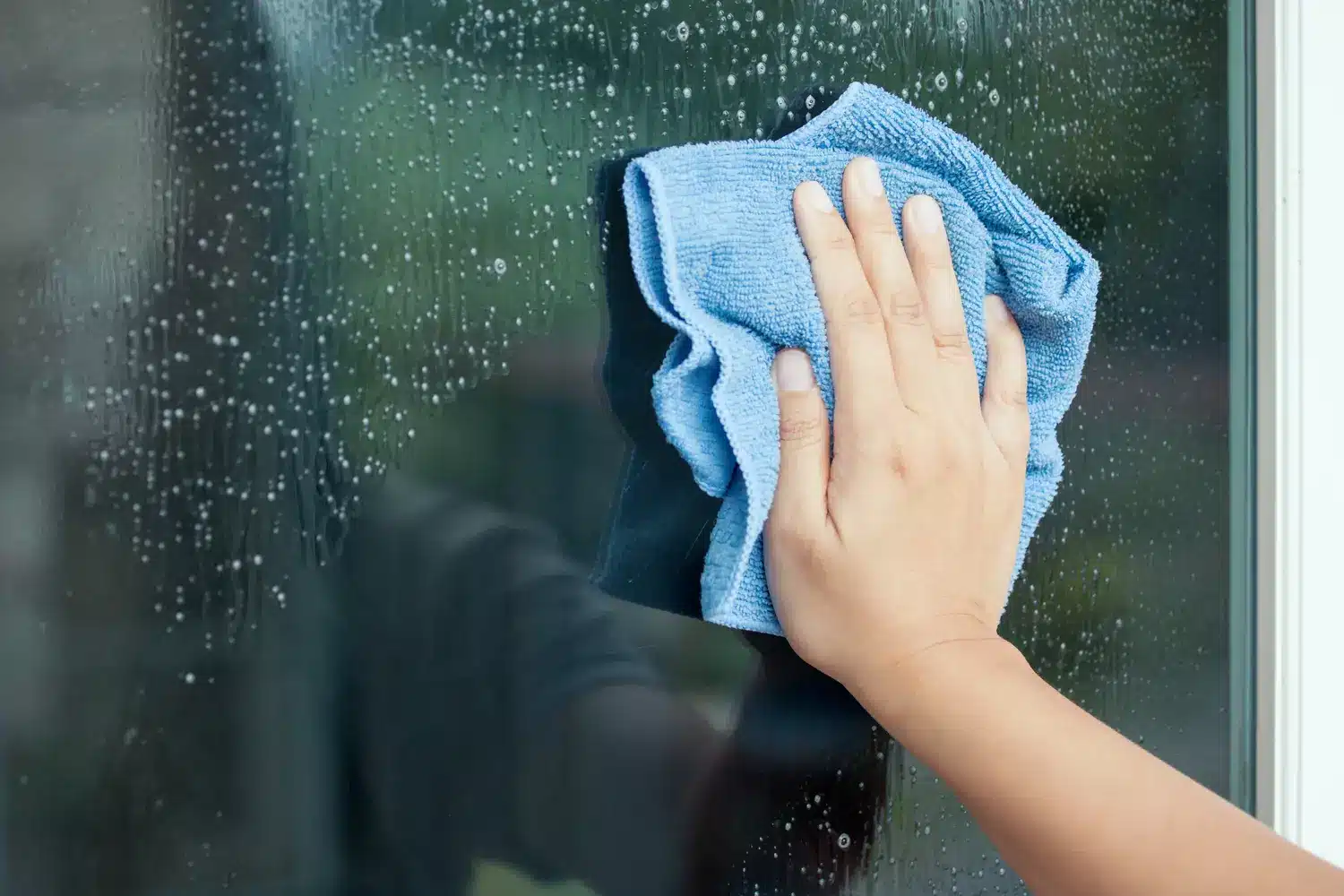Getting hair dye stains off your skin can feel like an impossible task, especially when the color seems to have bonded permanently with your epidermis. Whether you’re dealing with fresh stains or stubborn marks that have set in, removing hair dye from skin requires the right approach and household items you likely already have at home.
Hair dye stains occur because the pigments penetrate the skin’s outer layer, similar to how they color your hair strands. The good news is that skin cells naturally regenerate every few weeks, so even the most persistent stains will eventually fade. However, waiting weeks isn’t practical when you have visible dye marks on your face, neck, or hands.
Immediate removal techniques for fresh hair dye stains
Acting quickly when hair dye first contacts your skin significantly improves your chances of complete removal. Fresh stains respond much better to cleaning efforts than dried, set-in marks. The key lies in using the right products and techniques before the dye has time to fully penetrate your skin’s surface.
Start with the gentlest approach first : soap and warm water. Use a gentle scrubbing motion with your fingertips or a soft washcloth. Sometimes this simple method removes lighter stains completely, especially if you catch them within the first few minutes of contact.
If soap and water don’t work, try makeup remover or micellar water. These products are designed to break down stubborn cosmetic pigments and work surprisingly well on hair dye. Apply the product to a cotton pad and gently rub the stained area in circular motions.
For more persistent fresh stains, create a paste using baking soda and water. The mild abrasive properties help lift the dye without being too harsh on your skin. Apply the paste, let it sit for two to three minutes, then gently scrub and rinse thoroughly. This method works particularly well around the hairline and ears where dye commonly drips.
Baby oil or petroleum jelly can also prove effective for fresh stains. These products help break down the dye’s molecular structure, making it easier to wipe away. Apply generously, let it sit for five minutes, then wipe clean with a damp cloth.
Effective methods for stubborn and dried hair dye marks
When dealing with dried hair dye stains, you’ll need stronger approaches that can penetrate the skin’s surface where the pigments have settled. These methods require more patience and may need multiple applications to achieve complete removal.
Rubbing alcohol or nail polish remover containing acetone works exceptionally well on set-in stains. Apply either product to a cotton ball and dab the stained area gently. Avoid rubbing too vigorously, as this can irritate your skin. The alcohol dissolves the dye molecules, allowing them to be wiped away more easily.
Toothpaste with whitening agents provides another effective solution for stubborn stains. The mild abrasives in toothpaste help scrub away surface pigments, while whitening compounds work to break down color molecules. Apply a small amount, let it sit for three to four minutes, then scrub gently with a damp washcloth.
Create a powerful cleaning paste using equal parts lemon juice and salt. The citric acid in lemon juice acts as a natural bleaching agent, while salt provides gentle abrasion. This combination works particularly well on darker dye stains that have had time to set. Apply the mixture, let it work for five minutes, then scrub and rinse thoroughly.
For those dealing with multiple cleaning challenges around the house, you might find it helpful to learn how to get lint off pants or discover effective techniques for maintaining other household surfaces like cleaning quartz countertops.
Natural remedies and household solutions
Many people prefer using natural ingredients to remove hair dye stains, especially those with sensitive skin or concerns about harsh chemicals. These household remedies often prove surprisingly effective while being gentler on your skin.
White vinegar serves as an excellent natural dye remover due to its acidic properties. Soak a cotton ball in undiluted white vinegar and apply it directly to the stained area. Let it sit for ten minutes before wiping clean with a damp cloth. The acid helps break down the dye molecules naturally.
Olive oil combined with sugar creates an effective exfoliating treatment that removes both surface stains and dead skin cells. Mix equal parts of both ingredients to form a paste, then massage gently into the stained area for two to three minutes. This method works particularly well on hands and arms where the skin is less sensitive.
Here are the most effective natural removal methods ranked by effectiveness :
- Baking soda paste with water
- Lemon juice and salt mixture
- White vinegar applied directly
- Olive oil and sugar scrub
- Dish soap with warm water
Cold cream or heavy moisturizer can help soften dried dye stains, making them easier to remove with other methods. Apply a thick layer, let it penetrate for fifteen minutes, then follow up with one of the scrubbing methods mentioned above. This approach works exceptionally well for delicate areas like around the eyes or on the neck.
Just as you might need specialized approaches for cleaning leather furniture or polishing copper items, removing hair dye requires selecting the right method for your specific situation and skin type.
Prevention tips and aftercare for skin health
Preventing hair dye stains proves much easier than removing them after they’ve occurred. Professional colorists use petroleum jelly or barrier creams around the hairline, ears, and neck before applying dye. This creates a protective layer that prevents the dye from adhering to your skin.
Always wear gloves when applying hair dye, even if the instructions suggest it’s optional. Disposable nitrile gloves work better than latex ones, as they’re less likely to tear and provide better dexterity for precise application.
Apply a thick layer of conditioner or petroleum jelly to your skin before starting the dyeing process. Focus on areas where dye commonly drips : the hairline, ears, back of the neck, and temples. This protective barrier allows you to wipe away accidental drips easily.
After removing dye stains, proper skin care becomes essential to prevent irritation and promote healing. Apply a gentle moisturizer to areas where you used removal products, especially if you used alcohol-based solutions or abrasive scrubs. Look for products containing aloe vera or vitamin E, which help soothe and repair skin.
If you experience persistent redness or irritation after using removal methods, discontinue the treatment and consult a dermatologist. Some people have sensitive skin that reacts poorly to certain removal agents, particularly those containing alcohol or acids.
For comprehensive household cleaning knowledge, you might also appreciate learning about effective drain cleaning methods that go beyond traditional approaches. Maintaining a clean, well-organized home requires understanding various cleaning techniques for different challenges.
Remember that patience often yields the best results when removing hair dye stains. Multiple gentle treatments typically work better than one aggressive scrubbing session, which can damage your skin and make the staining appear worse.










